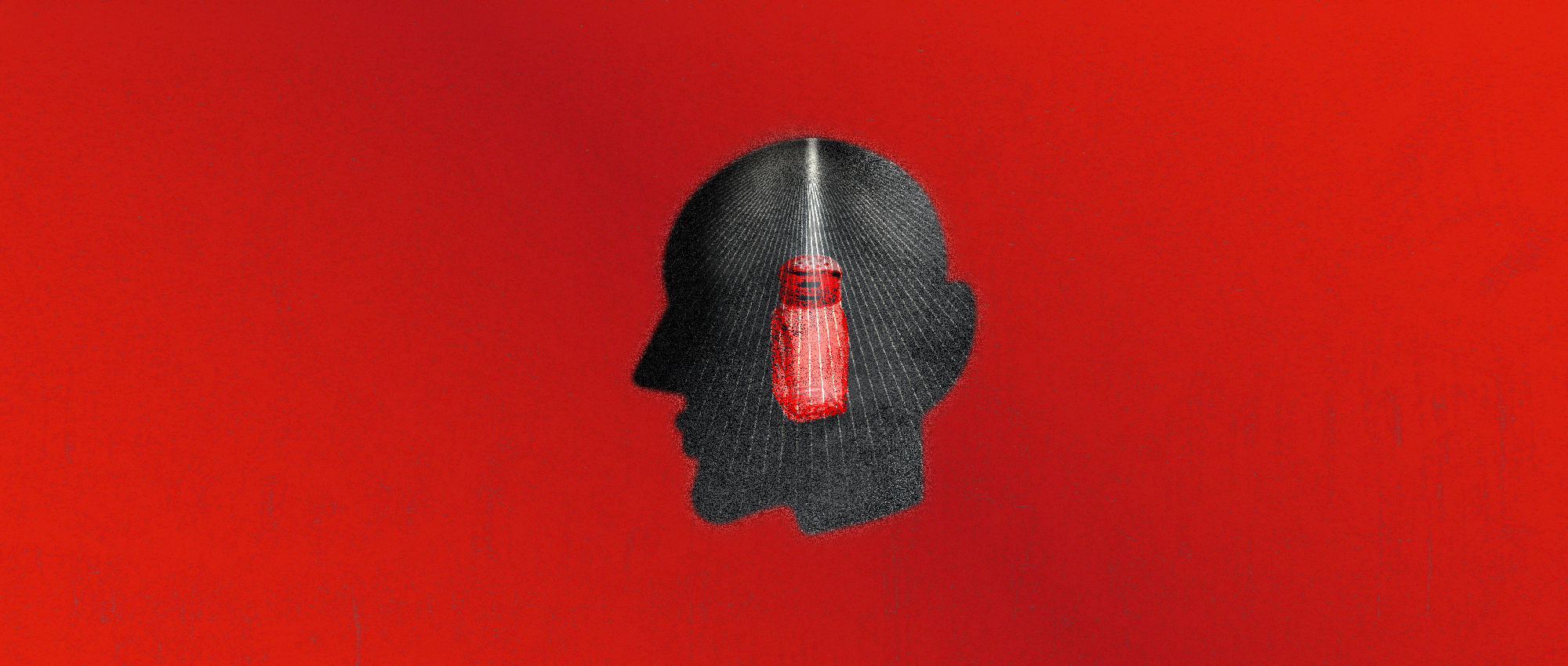Deep Perception is the term we use at See to describe the particular quality that we work to cultivate in our team. It’s a special blend of expertise, intuition, emotional intelligence, the other kind of intelligence, as well as empathy and understanding, all astutely deployed for maximum insight generation to inform on-the-nose strategic recommendations. It’s the business we’re in. If we were in the business of lobster trawling, Deep Perception would be the pot.
The ‘Deep’ is important because depth is intrinsic to the way we approach things– we aim to get into the granular and feel the weight of the problem, we want to excavate and bring focus and thoughtfulness to angles of the problem that haven’t seen daylight before. And we keep tunnelling because we’re thorough and because we have an insatiable curiosity.
If we were in the business
of lobster trawling, Deep Perception would be the pot.
The ‘Perception’ is about focus– how far we see and how well we see. It is the periscope over the wall but also the microscope positioned over the slide. And it’s sensitive. It’s a hair trigger response to changes in atmosphere, an emotional barometer. It’s the litmus paper, the night goggles, the sonar hearing.
A good researcher has the mental dexterity to apply this combination of depth and sight to all points of the research process – from receiving [& understanding] a brief, to prising out and analysing the data, to packaging it up and presenting it back. There is other stuff; creativity in methodological construction, art in good moderation, but it all works better if a team has Deep Perception running in its veins.
A while after we arrived at Deep Perception as the quality that we believe is the master key to doing research well, I came across Cal Newport’s 2016 book ‘Deep Work’. It’s about focusing with intensity to get things done. It’s intriguingly close to what we’re on about, but it also misses the mark. ‘Deep Work’ is active and singular in intent, whereas Deep Perception is a wider angled lens, receiving and assessing. Sometimes it isn’t about being absorbed in one thing but many things, being open to multiverses and inviting idea collision. It’s an invitation to look over the shoulder of a participant and not at what they are showing, to listen to what somebody doesn’t say rather than what they do.
It reminds me of the bit in a crime drama where the detective, obsessive in his quest for truth, takes five minutes off to drop into the London chippy and by complete chance, he spots a vital clue to his case lurking in the shadow of the salt dispenser. That’s Deep Perception. It’s a superpower that isn’t even distracted by the smell of chips.




